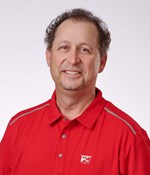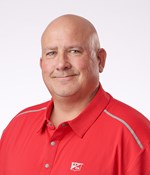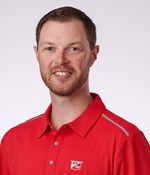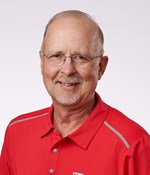Mt. Hope, WI Soybean Demonstration
BY Dairyland Seed Agronomy Team
Introduction
The introduction of Dairyland Seed’s Enlist E3® soybean lineup has led to many questions about crop management, the basics being soil fertility, planted row width and planted population. This demonstration is not replicated due to space restrictions, but we hope that it gives you a flavor for some things for you to try in future.
Methods
- 6 soybean varieties planted April 30, 2020 in 30in rows in 6 row x 150ft plots on a well-drained silt loam soil.
- 3 management practices
- Standard: Planted @130,000 sd/ac
- Standard +40lbs potash spring topdress/not incorporated: Planted @130,000 sd/ac
- Low Population: Planted @100,000 sd/ac
Results
|
Soybean Demonstration, Mt. Hope WI (non-replicated) |
||||
|
Variety |
Standard Management (130,000sd/ac) |
Standard Management +40lbs K (130,000sd/ac) |
Low Population (100,000sd/ac) |
Variety Average |
|
DSR-2030E |
75.7 |
75.7 |
Rejected Data |
NA |
|
DSR-2112E |
74.7 |
76.1 |
74.6 |
75.1 |
|
DSR-2259E |
68.6 |
74.7 |
71.4 |
71.5 |
|
DSR-2424E |
73.7 |
78.0 |
72.3 |
74.7 |
|
DSR-2590E |
75.7 |
74.3 |
73.2 |
74.4 |
|
DSR-2640E |
83.6 |
84.6 |
81.7 |
83.3 |
|
Management Average |
75.3 |
77.2 |
74.6 |
75.7 |
Though more replications would be needed to confirm our results, management practice had little effect on soybean yield in this demonstration. Compared to the Standard Management system, some varieties got a boost from additional K, while others showed no response. Soil test K levels at this site were adequate, so little response was expected.
Most of our Enlist E3® soybean varieties are wide stature, so reducing population takes advantage of branching and reduces white mold risk. Here we see little penalty for reducing the population from 130,000 to 100,000 seeds per acre. We observed little white mold at the Mt. Hope plot this year, but often times its presence will give the upper hand to the lower population.
Research and Demonstration Report Available
For the past several weeks we have sent out research reports in this weekly newsletter. We hope you have found them interesting and helpful.
We have compiled the full set of projects into the 2020 Dairyland Agronomy Research and Demonstration Report and would be happy to get a copy to you. Your Dairyland District Sales Manager or Regional Agronomist can provide a copy to you upon request.
We appreciate your interest and have already begun planning for 2021 research and demonstration projects.
 |
 |
 |
 |
 |
| Brian Weller Western Region 507.456.3034 |
Dan Ritter Central Region 219.863.0583 |
Branden Furseth Northern Region 608.513.4265 |
Rod King Eastern Region 574.596.6721 |
Terry Jones Eastern Region 419.630.3115 |
